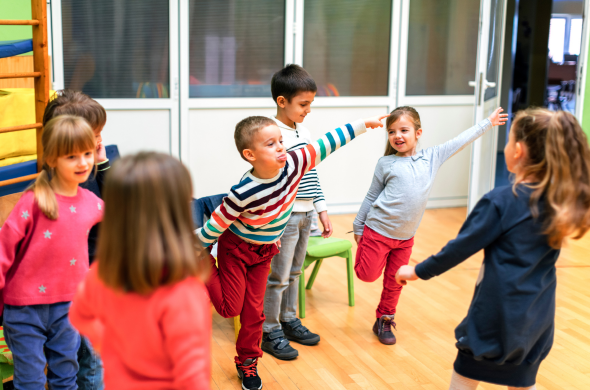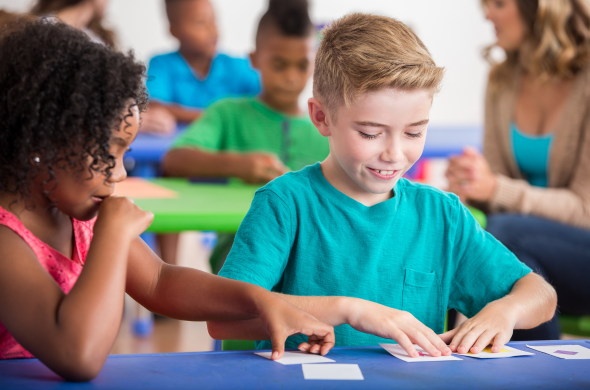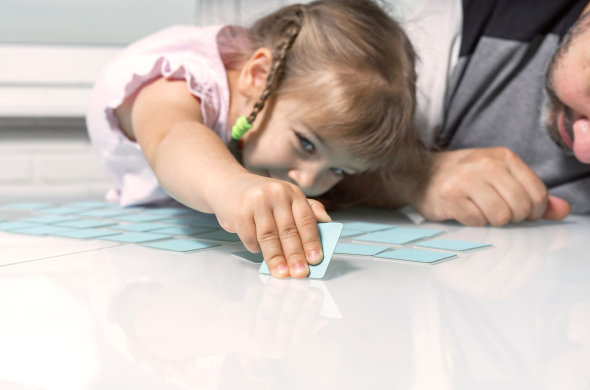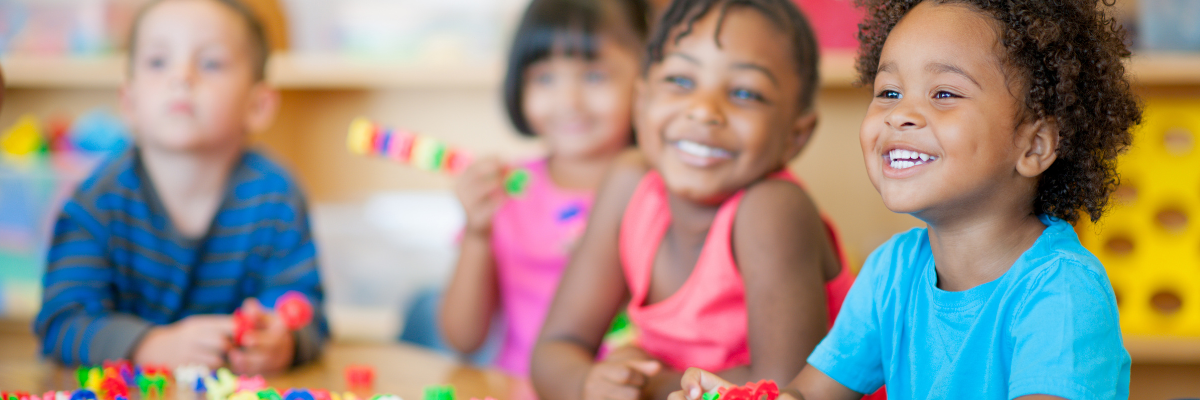Game On! Learning Games to Elevate Student Engagement
I love to hear ways teachers make learning engaging and fun by adding elements of gamification into their classrooms. Teachers are masters at selecting games that relate to and practice learning objectives. By clearly defining what skills or concepts they want their students to practice, teachers can achieve this through the game. In this way, student play aligns with curriculum goals.
Some teachers use familiar games like Jeopardy!, Bingo, or UNO to practice concepts. Some use educational digital games, and others create their own games to support their student’s learning. My personal favorites are variations of games that most are familiar with, so you don’t need to spend a lot of time explaining the logistics of how the game is played.
Information Games
20 Questions
One person secretly thinks of a person, place, or thing, and the other players take turns asking up to 20 yes or no questions to try and guess what it is. If they guess, they win! 20 Questions is a great game to review vocabulary, concepts before a test, or really anything!

Charades
Select students or groups to act out a vocabulary word, concept, or part of a story. The rest of the class has to guess what they are demonstrating.
Four Corners
Four Corners can be a really fun and engaging way to learn about or review concepts. First, assign answers or topics to each corner. Then, someone stands at the front of the room, closes their eyes, and calls out a question. They count down from 50 as the rest of the students go to the corner of the room with the answer.
They can have conversations about why they made that selection while in the corner. Then, the person who counted, without looking, gets to call out a corner. Everyone in that corner will sit out next for the next round. Select another counter and the game continues.
For further instruction on Four Corners, see our Lesson Strategy Blog
Soup, Salad, Sandwich
Soup, Salad, Sandwich is a great game to learn how to have collaborative discussions and respectful debates. First, name a food and show a picture. The kids decide together if the food is closest to a soup, salad, or sandwich. For example, if the food was ice cream, many students will say it is a soup because you eat it with a spoon. But some may debate it is a sandwich because of ice cream sandwiches.
You can have your students meet in small groups to discuss and debate or debate together as a class. You can even add this to a four corner style game so they are moving, too.
Cooperative Games
In addition to learning games, here are some cooperative games that teachers have shared with me. These games are wonderful to practice working together and building skills like empathy, respect, and kindness, while having fun.
Balloon Up
In this game, players form a circle and hold hands. The teacher throws a balloon into the circle. The group tries to keep the balloon from touching the ground without letting each others’ hands go for as long as possible. If the players let go or the balloon touches the ground the whole group starts over.
You can make the game more challenging by adding more balloons at one time!

Line Up
In this activity, students line up in a particular order without speaking. They need to work together and use their creativity to communicate without speaking.
Some ways you can have them line up are:
- By height
- By birthday month
- By Alphabetical order by first/last name
- By age
Crossing the River
This game can be played with groups of two to five participants, depending on the ages of your students. The smaller the group, the more challenging the game becomes!
The objective is to move your entire group across the “river,” or playing surface (this can be as wide as you like, but 20-30 feet is standard). To do this, players should line up beside each other, their feet touching their closest neighbors’. In order to cross, they must move as a group without breaking this contact.
If a player’s feet loses contact with any other player’s, the entire team has to return to the starting line.

Numbers Games with UNO Cards - For younger grades
I have found that something as simple as a deck of UNO cards is great to use for learning activities! They are easy to read, have big numbers, come in different colors, and can be sorted in many different ways. Here are some ideas to get you started:
Recognition Game
To practice with numbers using UNO cards, partners take turns flipping over the top card on the deck to see the number. The first to correctly identify the number gets to add it to their pile.
Students can also play this game on their own to practice recognizing numbers at a slower pace.
Sorting Games
There are lots of ways to practice sorting with UNO cards! One way is to take turns drawing cards, sorting them into piles by color, and ordering the numbers from highest to lowest or lowest to highest. For a simpler game, you could just sort cards into piles by number or by color.
Another idea is to have students practice with numbers independently by dealing each student several cards and instructing them to arrange them in numerical order.
Adding Game
In this game, students take turns drawing two cards and adding the numbers together. If they add correctly, they get to put the cards in their pile. They continue through the whole deck and see how many cards they can add to their pile by adding correctly.
Same/Different Game
For this game, lay down around 15-20 cards and ask students to identify what is the same and what is different among them. Students can find similarities and differences in color, number, or both!
To make the game easier, you can start by laying down cards that are all the same number or color, with one or two outliers. You can incrementally add in more colors and numbers to increase the difficulty.

Memory Game
To play a matching memory game with an UNO deck, you first need to pull out several pairs of matching cards with the same number and color. Start with 5 or so sets of matches. Shuffle the cards and spread them out face down. Students take turns turning over two cards at a time to see if they can make a match. If they don’t make a match, they flip both cards back over and end their turn. If they do make a match, they pick up both cards and add them to their pile. Play until all cards have their matches.
I would love to know what other learning games you play with your class! Please feel free to reach out. I’d love to hear from you!
Warmly,
Debbie
 Debbie Bagley works as a Studies Weekly Teacher Advocate. Teacher Advocates are former teachers who help teachers like you implement Studies Weekly materials into their instruction. Teacher Advocates are available to provide support through email, phone call, video chat, and regularly scheduled Teacher Talk Webinars on Tuesdays and Thursdays. Teacher Advocates are only available for classroom teachers currently using Studies Weekly materials. They are not available for homeschools.
Debbie Bagley works as a Studies Weekly Teacher Advocate. Teacher Advocates are former teachers who help teachers like you implement Studies Weekly materials into their instruction. Teacher Advocates are available to provide support through email, phone call, video chat, and regularly scheduled Teacher Talk Webinars on Tuesdays and Thursdays. Teacher Advocates are only available for classroom teachers currently using Studies Weekly materials. They are not available for homeschools.